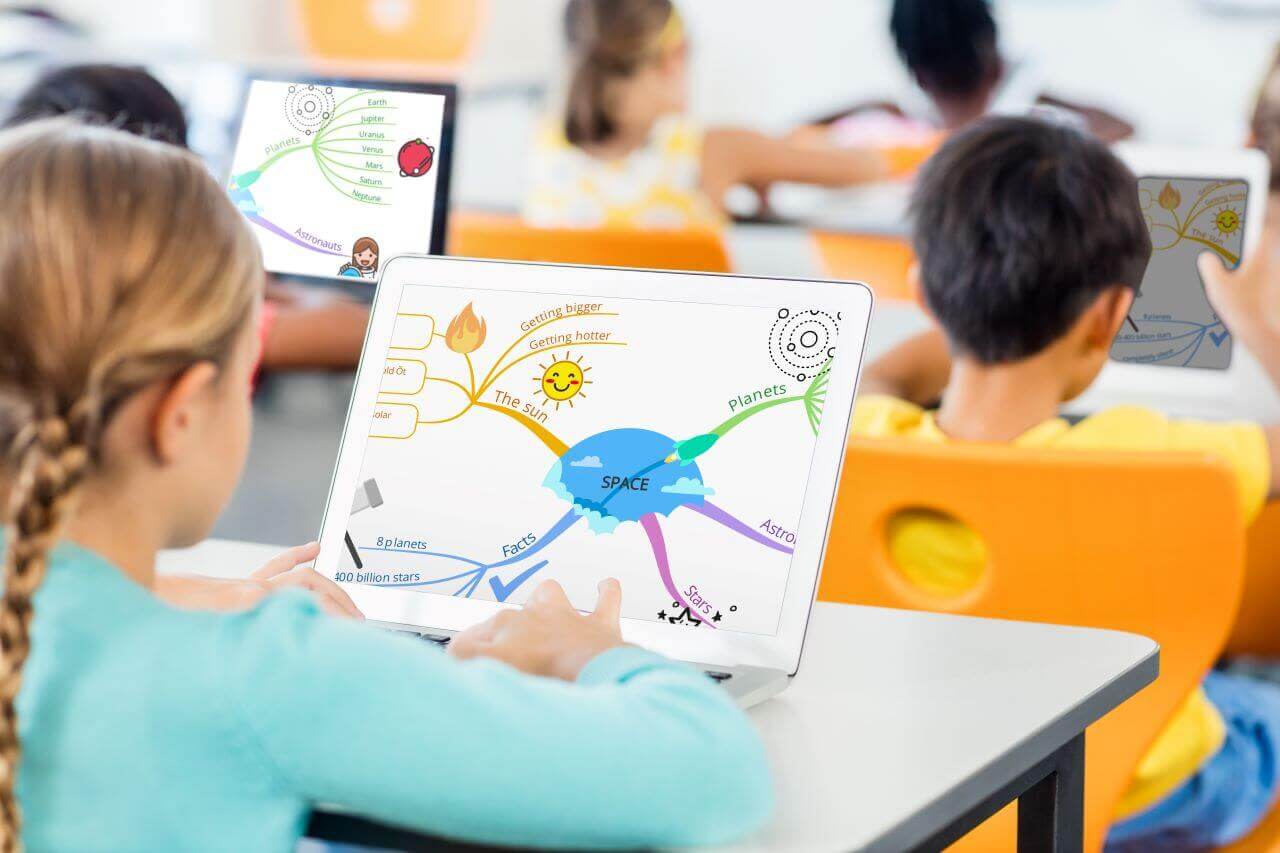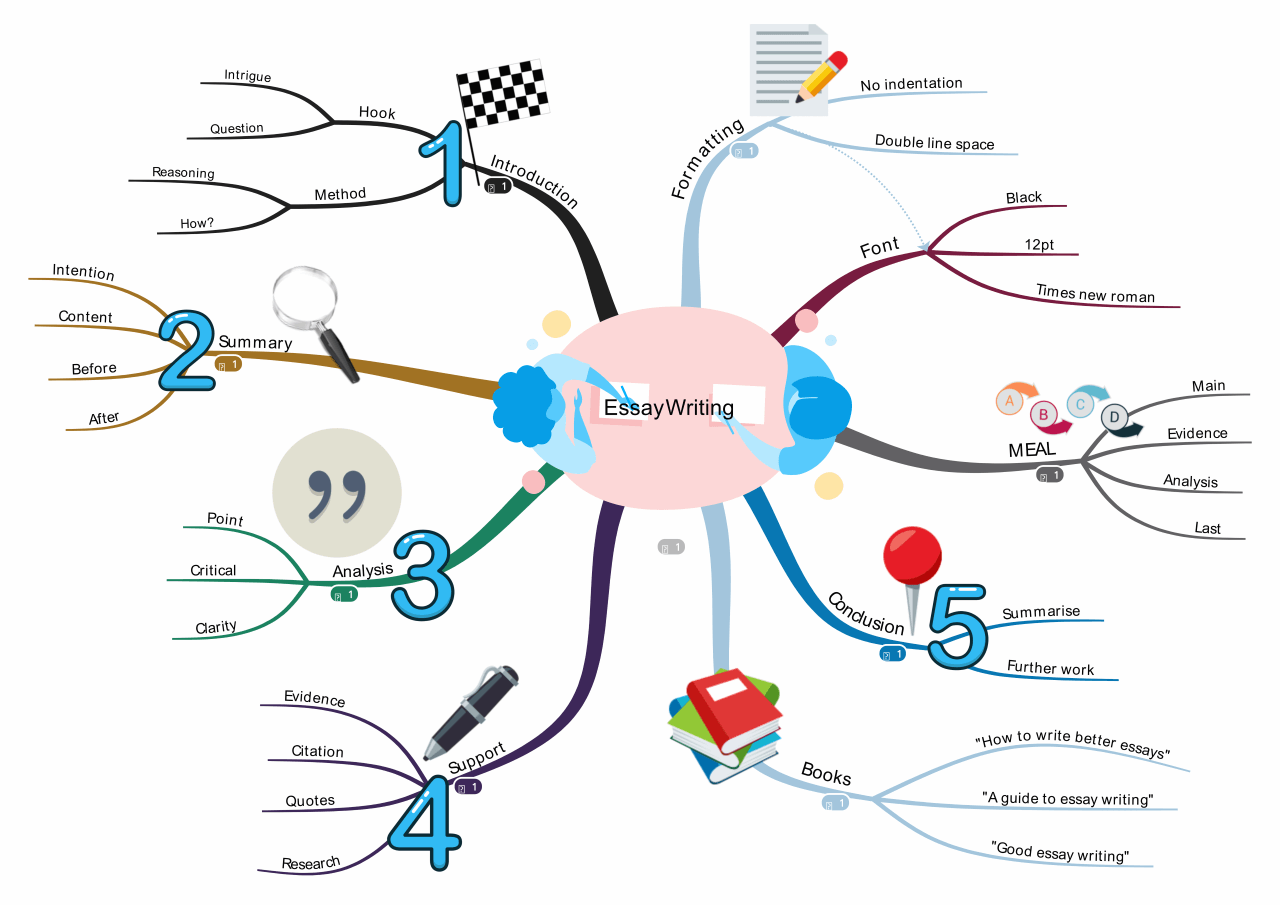September 4, 2020 (Updated March 7th, 2023)
How Teachers Can Make Lessons More Engaging

The start of a new school year is an exciting time for teachers, but it can be a daunting one too. Whether you’re welcoming back your students after a relaxing summer break or meeting a class full of fresh faces for the first time, you want to inspire your students to take an interest in the subject you’re teaching by making your lessons as engaging as possible. This task is made all the more difficult if you will be teaching your students remotely in any capacity, which is why you should be investing in the right tools to help you.
Every educator wants to help their students to succeed. However, a great teacher realizes that this goes beyond them merely passing their exams. You want to instill a love of learning to your students; to encourage them to keep pursuing their interests and grow their knowledge.
You won’t be surprised to learn that research shows an engaged classroom is one that truly thrives. According to a recent study from Gallup, engaged students are 2.5 times more likely to perform better in school and say they achieve high grades. They are also 4.5 times more likely to be excited about their futures than those that have become disengaged.
Unfortunately, student engagement has been shown to steadily decline with age, with reports suggesting that this is a result of older students seeing less value in their work at a time when it can have the biggest impact on their future. With COVID-19 causing plenty of disruption to last year’s learning, and continuing to force many students to split their time between learning in the classroom and their homes as they move into the new school year, you have the perfect recipe for them to quickly become unmotivated.
So, what is the key to engaging students in your lessons? It can be as simple as making learning a more collaborative and interactive process – even if you’re teaching from behind a computer screen. Discover how Ayoa, our flexible whiteboard software, can help you to do just that…
The power of using mind maps in teaching
Whether your students know them as a spider diagram or a brainstorm, mind maps are one of the most effective learning tools due to the way they can help boost creative thinking, organization, memory and recall. Due to their highly visual nature, they can also be used to make learning an easier process – and thus, more fun and engaging.
Mind maps are known for their interconnecting branches and the fact that they incorporate different colors, shapes and imagery. These aid creative thinking by helping us to make associations between ideas, and acting as visual cues when we need to memorize and recall information. Whether you consider yourself to be a visual learner or not, research shows that the brain processes visual information 60,000 times faster than text and is capable of absorbing 36,000 visual images every hour!
Mind maps also help you to condense information into a few words per branch, which makes it easier for the brain to process. This is particularly useful for students with dyslexia who struggle to read quickly, or individuals with any other neurological difference (such as ADHD or autism) who find it more difficult to process large quantities of information.
There are a number of ways to use mind maps in the classroom. As well as including them in presentations you give to the class, you can also distribute them to students to fill out for homework, give them pointers when writing an assignment, or to help them revise a particular topic for an upcoming test.

How Ayoa can help: With Ayoa, you can quickly create stunning mind maps that can be easily shared with your students directly in Ayoa – simply add them to the mind map or set the map to ‘public’ and share the link with them. You can also export a mind map as an image or PDF to be added to presentations, sent via email or printed as a handout.
Choose from Ayoa’s three mind mapping styles, then make your maps as visually stimulating as possible by adding different branch styles, images, icons and colors. You can even attach notes, comments, checklists and files to individual branches to provide additional context!
Ready to make your first mind map for free?
Collaboration is key!
The best way to make your lessons more engaging is by introducing interactive elements that actively encourage collaboration. Making your students feel as though their input is appreciated will show them you care about their opinions and encourage them to want to participate.
Ayoa’s public mind map sharing feature actively encourages collaboration as anyone with the link to your map can be given permission to add their ideas. A great group activity is to create a mind map on a particular topic (such as ‘themes in Romeo and Juliet’), with some of the boxes left blank for your students to fill in themselves. This is a great way to get them thinking as they can use the ideas you have already added (as well as those added by other students) to jog their memories. So, even if your class is working remotely, your pupils can still benefit from working together and get inspired by each other!
Another way you can encourage collaboration is by splitting your class into small groups and asking them to work together to create the best mind map on a particular topic. You can then ask the class to vote on the most informative and creative mind map and award a prize to the winning team.
This isn’t just a fun activity for everyone to get involved with; these mind maps can be used as engaging revision resources or essay writing aids later down the line. With Ayoa being a digital cloud-based application, these resources can be accessed at any time, and from any location – and there’s no risk of losing them, which can be easily done with paper notes!
A dispersed classroom doesn’t need to be a disengaged one. Discover Ayoa’s mind mapping capabilities to take your students’ learning to the next level, while giving them the tools they need to work together with its visual task management features. Get started for free today!

